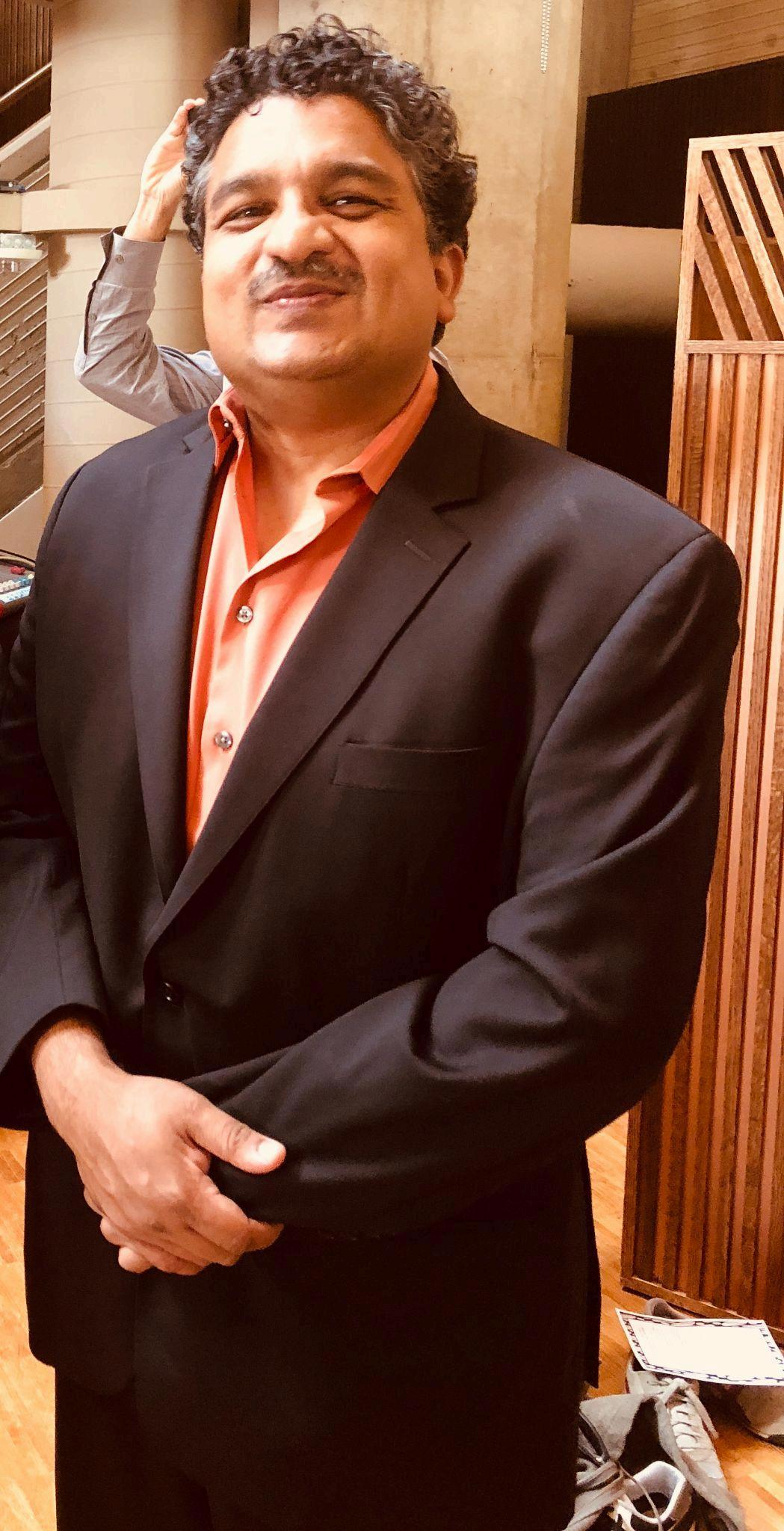Adaptive Leadership in Times of Change Today by Isam Vaid

Isam Vaid believes that adaptive leadership is the practice of guiding people through uncertainty by aligning purpose, learning, and action Rather than forcing yesterday’s answers onto tomorrow’s problems, adaptive leaders treat change as a living system that needs curiosity and care. They look beyond rigid plans to understand what is really happening on the front lines, in customer conversations, and inside the team’s morale This approach invites participation, reduces fear, and unlocks energy for progress It favors responsiveness over rigidity and equips organizations to evolve as markets, technologies, or expectations move faster than any manual can keep pace
The starting point is context sensing. Adaptive leaders gather signals from data dashboards and human stories, combining metrics with observations to reveal patterns that might otherwise remain hidden. They ask fresh questions, test assumptions, and look for contradictions between stated priorities and daily behavior. When team members sense that leaders welcome honest input, the quality of insight improves The organization becomes better at spotting weak signals early, such as a subtle drop in activation or a shift in competitor positioning. These early indicators allow the team to adjust before minor problems become expensive crises

Trust is the engine of change, and psychological safety is its fuel People take useful risks when they believe their voice matters and missteps will be treated as learning, not career damage Adaptive leaders model this by sharing what they know, what they do not yet know, and what they are trying next They invite dissenting views and publicly credit contributors Over time, this builds a culture where testing a new idea is normal and surfacing a risk is a respected act of stewardship The result is engagement that holds under pressure and a shared commitment to improving the system rather than protecting status
Clarity converts anxiety into action. During change, teams need a steady line of sight to purpose, values, and near-term priorities Adaptive leaders translate strategy into concrete outcomes, define how success will be measured, and set decision rules that speed progress. They provide crisp roles and boundaries, then step back to let people solve problems locally. This balance of direction and autonomy keeps momentum high while preventing chaos Leaders also make tradeoffs visible, acknowledging what will stop or slow so that scarce time and attention can flow to the work that matters most

Experimentation turns learning into movement Instead of betting everything on one grand plan, adaptive leadership uses small, time-boxed tests that deliver evidence quickly. Each experiment has a clear hypothesis, a minimal set of actions, and a defined readout Feedback cycles are short, and insights are shared broadly so others can benefit This rhythm reduces waste, limits the cost of being wrong, and accelerates the path to what works. Over repeated cycles, the organization builds muscles for iteration, which compounds into faster delivery and better outcomes for customers and teams alike
Communication is the bridge between intent and impact. Adaptive leaders set a tempo of updates that people can trust, using simple language, relatable stories, and open channels for questions. They anchor messages to customer value, mission, and human impact so change feels meaningful rather than mechanical. Empathy plays a central role. Leaders acknowledge the loss that often accompanies new ways of working, celebrate small wins that prove progress is real, and offer practical support such as training, coaching, or peer forums. This blend of head and heart reduces resistance and invites shared ownership of the journey

Sustaining adaptive change requires discipline. Leaders track outcomes, not just activities, and align incentives with the behaviors they want to see They refresh goals as conditions evolve, retire practices that no longer serve the mission, and keep surfacing real constraints that slow the work. Talent development is continuous, with attention to skills like systems thinking, facilitation, and qualitative analysis When setbacks arrive, adaptive leaders respond with reflection and recalibration, not blame. The payoff is resilience that outlasts any single project. Teams feel capable, customers feel heard, and the organization earns the agility to thrive in whatever landscape comes next
